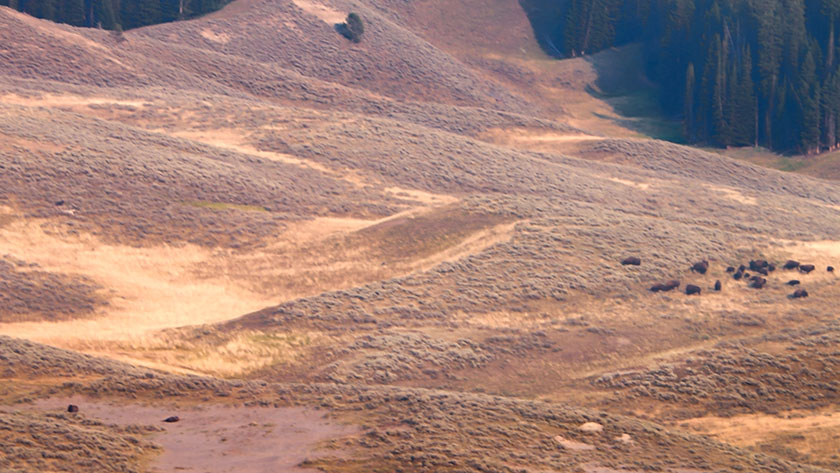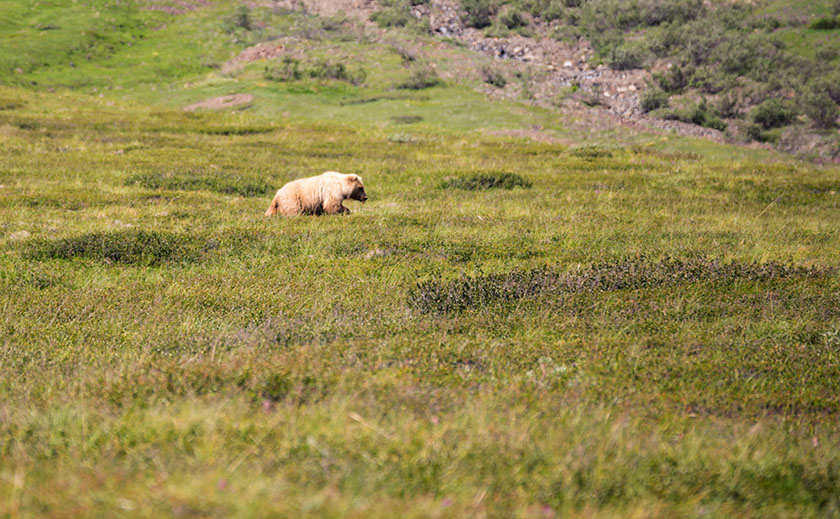It was nearly a century ago that Fred R. Barnard coined the phrase, “People say a picture is worth a thousand words.” I wonder if that statement is always true. Sometimes I look at photographs and they speak volumes, while others are silent. You may look at the same body of work and feel differently. That’s because we have different backgrounds, values, and tastes. We’re all unique. My point is that photographs, paintings, and art, in general, are a type of communication. They connect the artist with the viewer—sometimes across eons. We save art important to us on our refrigerators and in our museums because we like what they say.

There are no language-like rules to help us understand this type of communication; it’s up to personal interpretation. Some messages are simple while others are cryptic. They may sooth or repulse the viewer. With most photographs—or snapshots at least—the story is simple, “At some time, I was here and this is what I saw.” There are millions of photographs just like that posted online and they have little interest to anyone but the person who pushed the camera’s button. When I was in a Pasadena City College class—more than a half-century ago—my professor called them Record Shots. They were a simple record of time and, on the spectrum of art, they belonged in the big pile on the left. On the opposite end of that imaginary line is a short stack of Masterpieces, and everything else fits in between. What separates the two extremes is how good the story is and how well it’s told.

An artist’s job is to see a good subject and be able to skillfully capture it on a medium, photographers included. There are skills to help you along, but none are more important than thinking about what you’re shooting. I can plead guilty to mindless shooting, and I don’t know any photographer that isn’t also guilty. Unlike paintings, we create photographs in less than a second. We can squeeze the button and then walk away, never giving it a second thought. But when we look at the contact sheet or RAW image on the screen, we often ask, “What was I thinking?” The answer is, “I wasn’t.”
The idea that I’ve been leading up to is this: To move your work closer to the right-hand stack, begin to think about what you’re shooting. There is something in front of you that has caught your eye and it’s moved you enough to raise your camera and snap the shutter. Fine, go ahead. Maybe you’ll beat the Powerball odds and have one of those remarkable snaps that make the evening news. Odds are against you. But if you stop and think about your subject, you will improve your chances of capturing that lucky shot. What stopped you? Why did it make you stop? Think: “Is there something I can do to make the shot better?” Very few people shoot film any longer and certainly, you can afford to waste a few million electrons on extra frames. Here are some questions I have on my mental checklist:
- Can I fill the frame—can I move in closer or zoom in to make the subject more prominent?
- Can I get the subject to stand out better—if I walk to a different angle, does the subject become more prominent?
- Could the light be better—do I have time for the light to change or should I come back when the light is better? This is difficult in travel photography because you’re usually on a one-way train.
- Can I simplify the composition—do I need to change angles or wait for people (birds, cows, glaciers, etc.) to move, or maybe I need to pick up some garbage or close the bathroom door to hide someone on the toilet? Remember the discussion about scanning the entire viewfinder and deciding what to include.
- Is there something that I’m leaving out that would make the shot more coherent?
- Is the subject about to do something interesting—if I time it right, can I shoot when the subject jumps over a puddle?
To paraphrase a line that we saw on Mr. Robot last night. In the show, they were talking about the game of chess, but it works for photography as well. “If you see a good shot, look for a better one.” You’re probably thinking, “Great! Now I have to hang around for days for that to happen.” If you’re on assignment for National Geographic, you bet you do. That’s what you’re paid to do but unfortunately, neither of us works for them. Most of the time, what I’m saying takes an extra minute or two and, with practice, it eventually becomes second nature. With experience, you even save time because you don’t learn to omit the record shot.
Finally, I have a hard and fast rule: When you’re back at your desk, instead of a bunch of snapshots, you will have a photo series. Some better than the others. When you edit them, be ruthless and pick out the very best then get rid of the rest. If you can’t do that, keep them to yourself. Never show them to anyone. Only show your best. Of course, if you have an editor or art director that will be their job and you won’t have a choice. Then again, if you had an editor, you wouldn’t be reading this.
Until next time – jw
